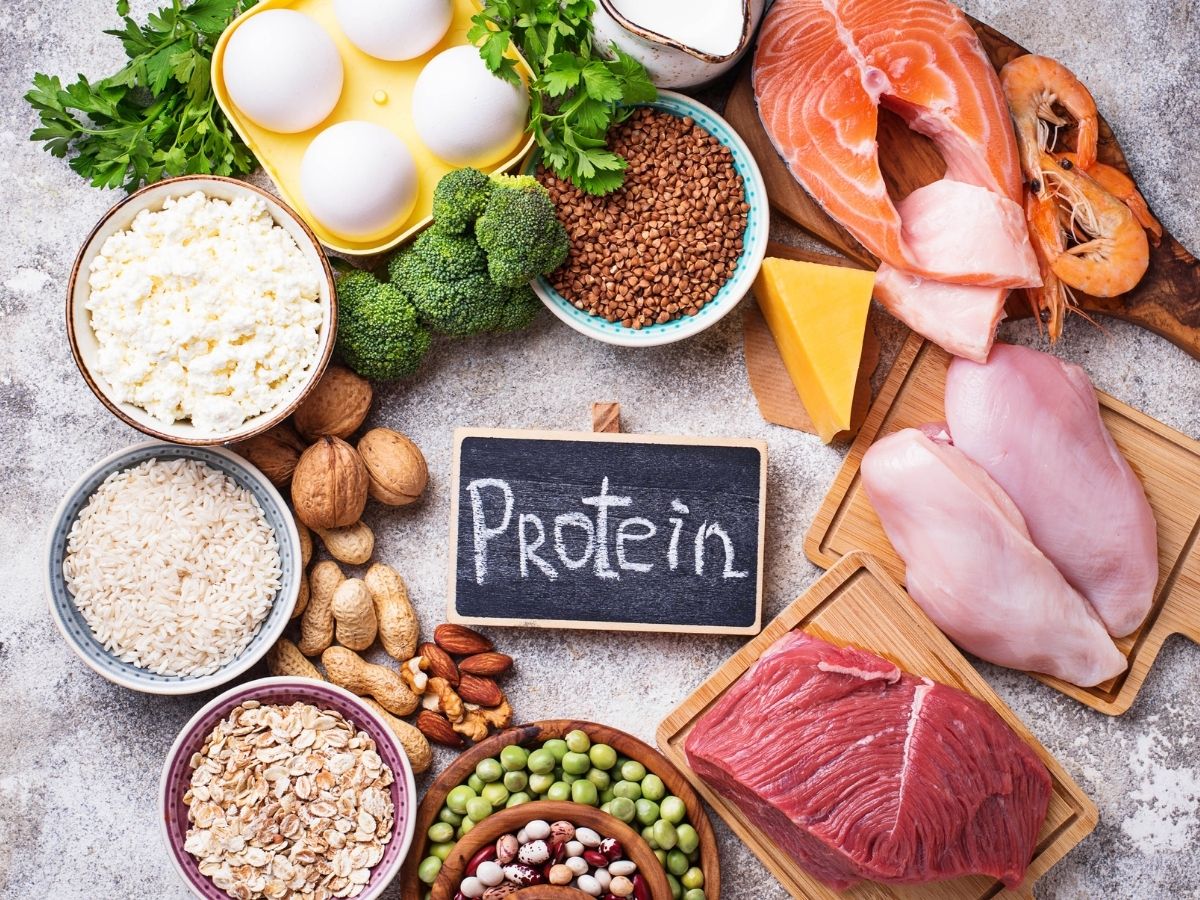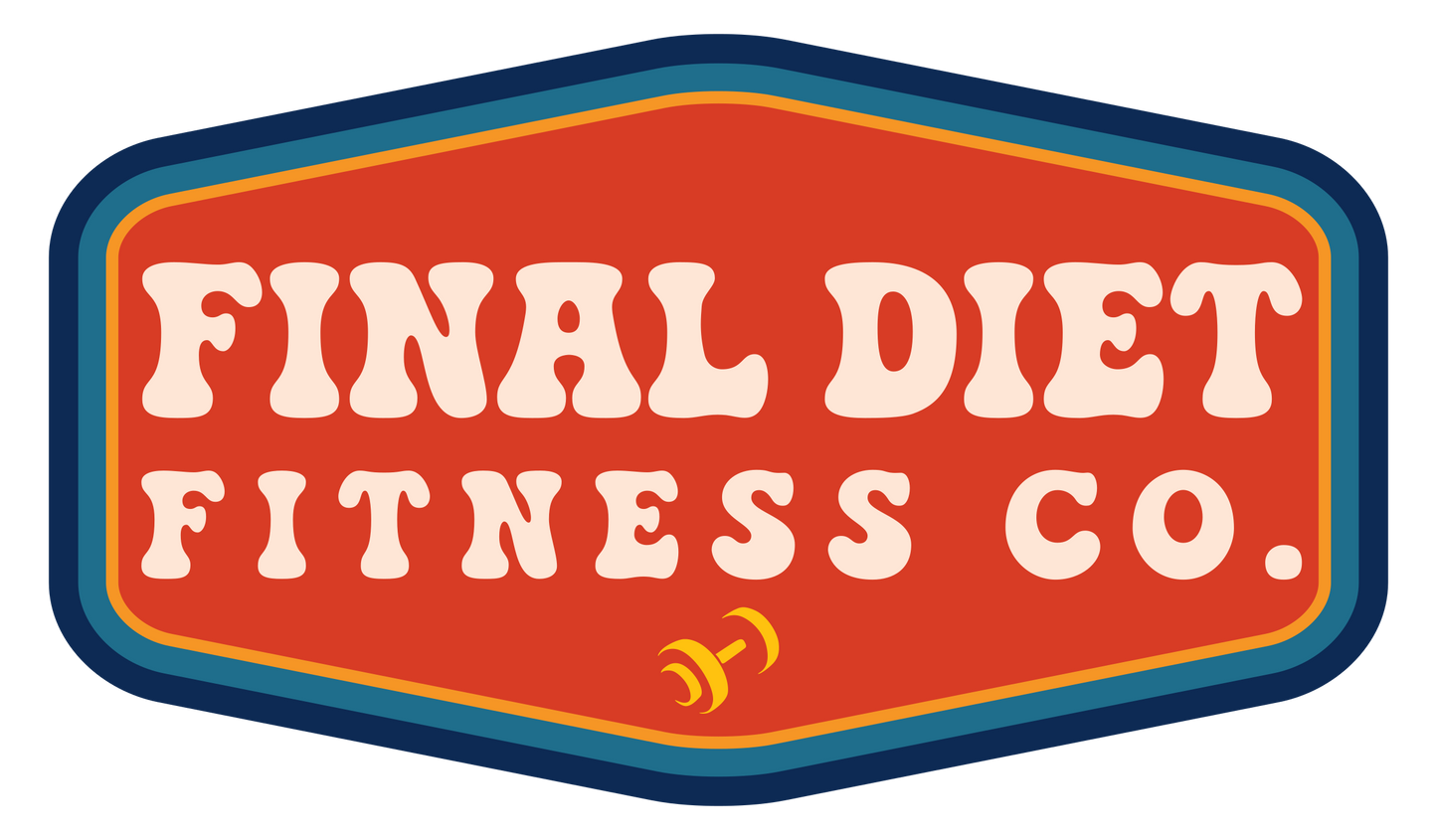
Ask almost any fitness coach what the most important nutrient is for body composition—and you’ll hear the same answer: protein.
It’s the cornerstone of building muscle, losing fat, and feeling satisfied between meals. Yet most people still underestimate how much they need and how big a difference it makes.
Understanding what protein does, how much to eat, and how to include it consistently can transform your results.
1. What Protein Actually Does
Protein isn’t just for bodybuilders—it’s essential for everyone.
Here’s what it supports daily:
- Muscle repair and growth: Every time you train, muscle fibers break down. Protein rebuilds them stronger.
- Satiety: Protein is the most filling macronutrient, helping control appetite and reduce cravings.
- Metabolism: It has the highest thermic effect—meaning your body burns more calories digesting protein than carbs or fat.
- Hormone and enzyme production: Key for everything from mood regulation to metabolism.
Simply put, without enough protein, your body struggles to recover, maintain muscle, or manage hunger effectively.
2. How Much Protein You Really Need
Most adults benefit from 0.7–1.0 grams of protein per pound of body weight per day.
- Fat loss phase: Aim for the higher end (0.9–1.0 g/lb) to preserve lean muscle.
- Muscle gain or maintenance: 0.7–0.9 g/lb is usually sufficient.
- Older adults or those new to training: Staying near 1 g/lb helps maintain lean mass and bone density.
Example:
A 160-lb person should eat roughly 120–160 grams of protein per day.
If that sounds like a lot, spread it across 3–5 meals—about 25–40 g per meal makes it much more manageable.
3. Best Protein Sources
The best diet is one that fits your preferences, so include a mix of both animal and plant-based proteins.
High-quality sources include:
- Chicken, turkey, lean beef, pork tenderloin
- Fish (salmon, tuna, white fish, shrimp)
- Eggs and egg whites
- Greek yogurt, cottage cheese, milk
- Protein powders (whey, casein, or plant-based blends)
- Tofu, tempeh, lentils, beans, and edamame
Tip: Combine plant sources (like rice and beans or hummus and pita) to ensure a complete amino acid profile.
4. Why High-Protein Diets Support Fat Loss
A high-protein diet helps with fat loss not because it’s “magic,” but because it naturally supports better behaviors:
- Keeps you fuller, so you eat fewer calories overall.
- Helps maintain muscle mass during a calorie deficit.
- Stabilizes blood sugar and reduces energy crashes.
- Boosts calorie burn slightly through digestion (the thermic effect).
The result: you lose more fat, maintain strength, and avoid that “soft” look that comes from losing muscle while dieting.
5. Practical Ways to Eat More Protein
If you’re falling short, small habits can make a big impact:
- Include a protein source at every meal (even breakfast).
- Use Greek yogurt or cottage cheese for snacks.
- Keep ready-to-drink shakes or protein powder on hand for convenience.
- Batch-cook lean meats or egg whites at the start of the week.
- Add high-protein wraps, breads, or snacks for easy boosts.
Consistency matters more than perfection. You don’t have to hit the number exactly every day—just get close on average.
Key Takeaways
- Protein supports muscle, metabolism, and appetite control.
- Aim for 0.7–1.0 g per pound of body weight each day.
- Choose lean, whole-food sources and supplement when needed.
- Higher protein helps you lose fat while keeping muscle strong.
